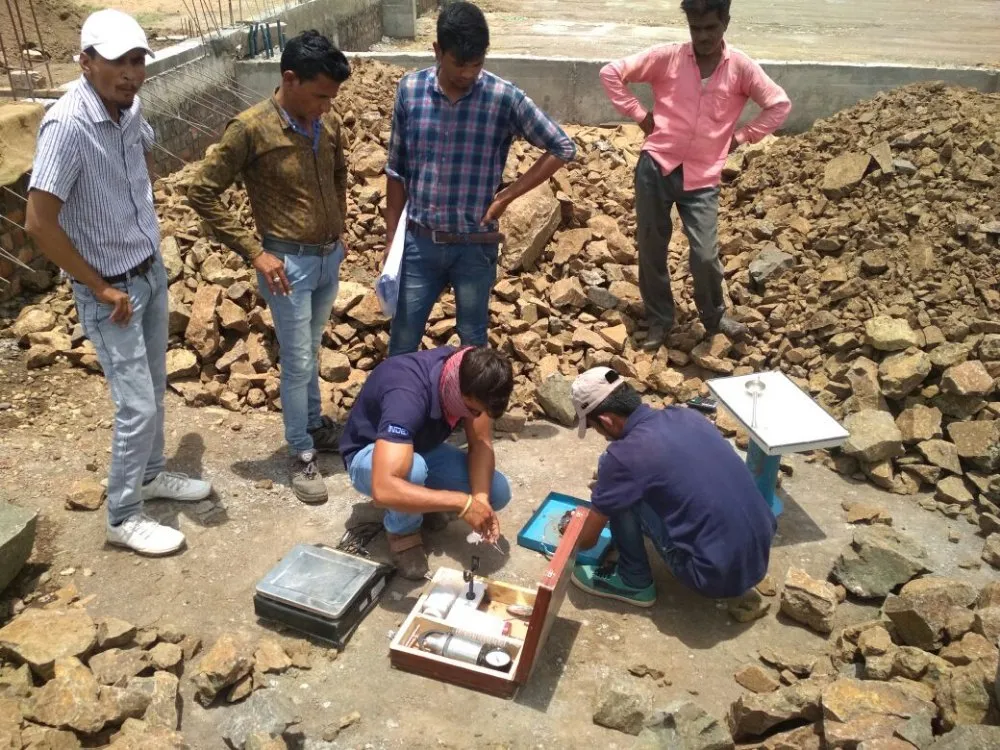Compaction plays an important role in the success of road and soil construction projects, as it is essential for creating a solid foundation that can support the weight of any structures built upon it.
Compaction is the process of densifying soil and other materials by applying pressure to them, and is a key factor in ensuring that roads and buildings remain stable and structurally sound.
In this blog post, we will discuss the importance of compaction in road and soil construction, and explain why it is essential for achieving high-quality results.
We will also explore the different types of compaction equipment available, and their best applications.

FDD Testing- FDD full form in road construction – FDD is code – Soil FDD test
In construction and civil engineering, compaction of soil involves various tests called FDD test or FDT Test. FDD full form is field dry density. Other type of density is MDD that is maximum dry density.
FDD Testing
Field dry density involves testing or evaluating soil compaction achieved in the field in bulk condition and divide the result by moisture content to get the field dry density. Because we negate the effect of moisture from the result that’s why it is called FDD (field dry density).
MDD of maximum dry density is the compaction that can be achieved for a soil sample in the laboratory using standard proctor test or modified proctor test.
Various methods of FDD used in road construction are:
- Sand replacement method – suitable for most road construction projects. Not suitable for cohesive soils.
- Core cutter method – suitable for cohesive soils only. Not suitable for embankments containing large boulders.
- Nuclear density gauage method – Expensive but suitable for all types of soil compaction.
- Rubber balloon method – Not much accurate – Difficult to perform.
- Water replacement method – Ideal for large fills.
Some of these methods of FDD testing are suitable for gravel of roads while some are useful only for cohesive materials. Core cutter method doesn’t work best for embankments involving large gravels or rock pieces.
Like Us on Facebook!
Calculation
As a result of sand-replacement method, we can calculate FDD with the help of following formula:
Subscribe Us on YouTube!
The volume of the hole = Mass of sand in hole/Density of used sand.
Density = field density test (FDT) = mass of soil / volume of the hole
Field Dry Density (FDD) = density / (1+m) ; where m is the moisture content.
Degree of compaction = Dry density × 100%/Maximum dry density.
Also Read: soil Cement
FDD full form in road construction
In Road compaction, the density or compaction achieved at site is evaluated with a test called FDD test. FDD is an abbreviation of Field Dry Density. It means the compaction of the soil achieved at site negating the impact of moisture content.
FDD IS code
The test is carried out with the IS code of IS 2720-28 (1974); it includes the 28th part of Soil FDD Testing.
Compaction is an integral part of any road and soil construction project. Compaction helps to create a strong foundation for roads and other structures, ensuring their longevity and durability.
Without compaction, the soil and road structures would be more prone to cracking, shifting, and failing.
Compaction is a vital step in any construction process, and should never be overlooked or underestimated.




















